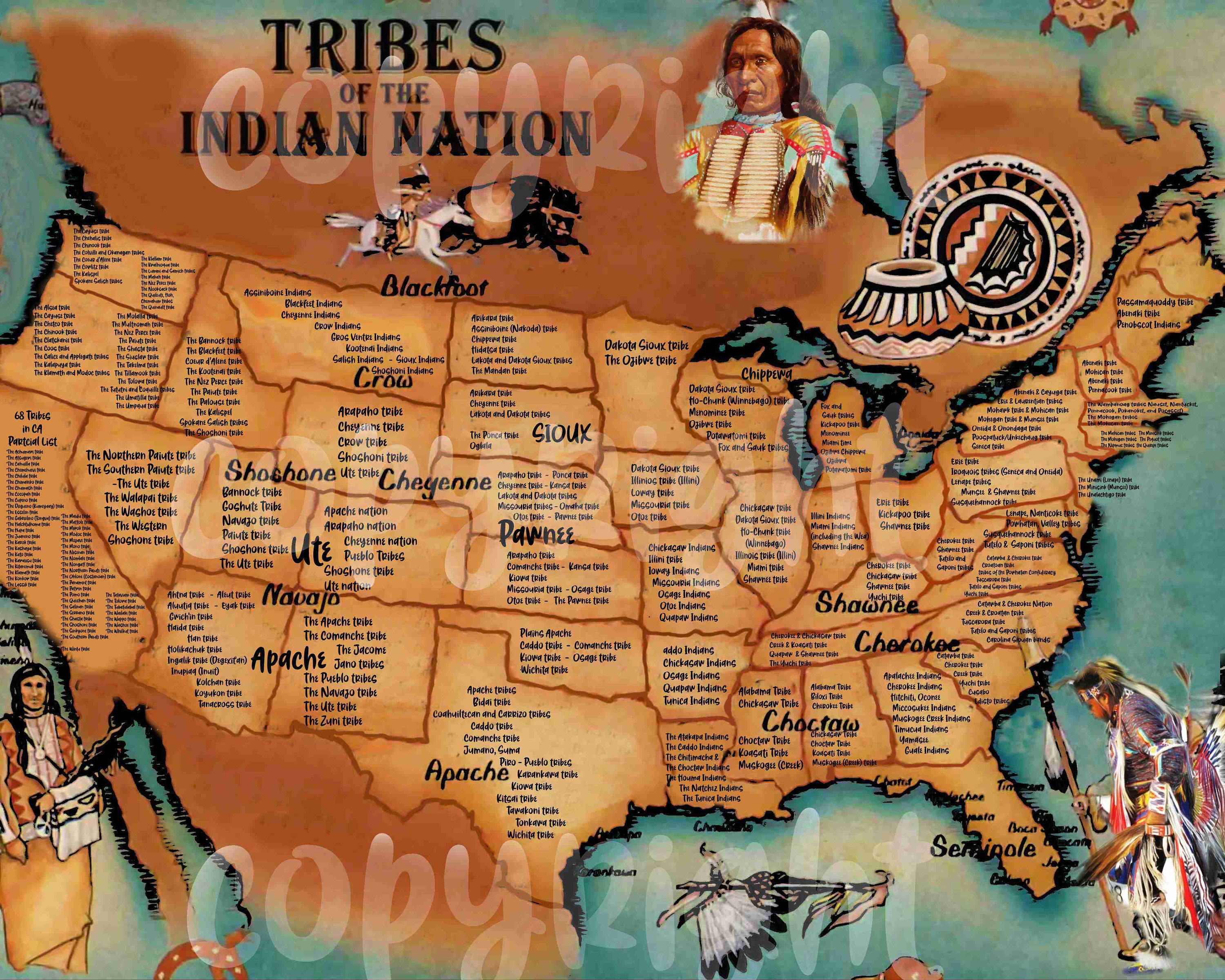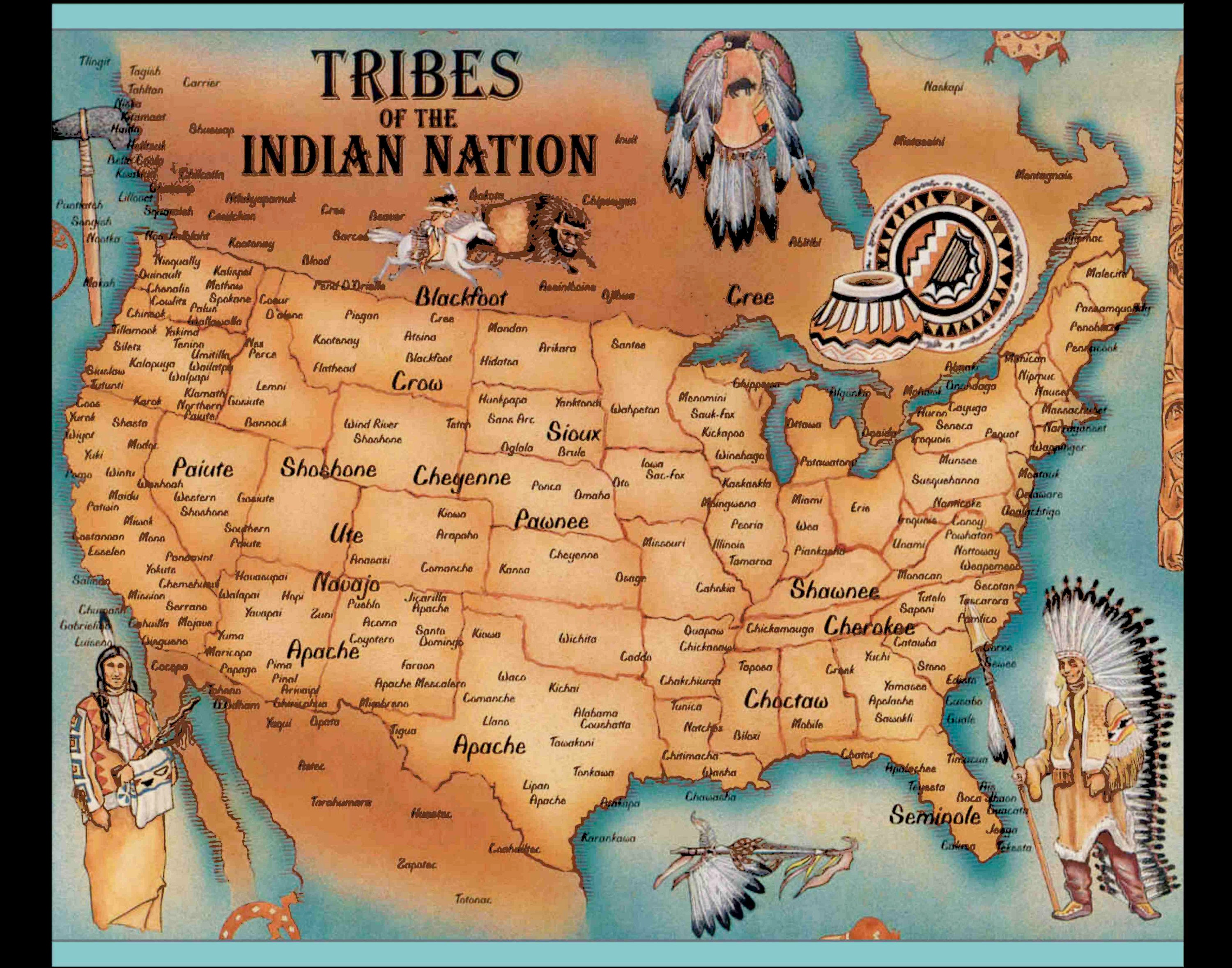
Mapping Injustice: Native American Environmental Justice, History, and Identity
Beyond the picturesque landscapes often associated with travel, lies a stark and urgent map – one etched with the lines of environmental injustice disproportionately borne by Native American communities across North America. This isn’t a cartographic chart you’ll find in tourist brochures, but a living, breathing testament to historical grievances, ongoing struggles, and profound cultural resilience. It’s a map that charts the intersection of land, history, identity, and the systemic poisoning of Indigenous territories. To understand this map is to grasp the true cost of industrial expansion and the enduring power of Indigenous resistance.
This article delves into the complex terrain of Native American environmental justice, exploring its historical roots, the specific ways it manifests today, and the inextricable link between the land, Indigenous identity, and the fight for a healthier future.
The Deep Roots of Injustice: A Historical Blueprint

The current state of environmental injustice faced by Native American tribes is not an anomaly but a direct legacy of centuries of colonization, land dispossession, and the systematic erosion of Indigenous sovereignty. For millennia, Indigenous nations cultivated intricate systems of land stewardship, based on reciprocity, deep ecological understanding, and sustainability. Their relationship with the land was holistic, viewing it not as a commodity but as a living relative, a provider, and a spiritual cornerstone of their identity.
The arrival of European colonizers shattered these systems, ushering in an era of land theft, forced removals, and the imposition of a resource-extraction economy. The concept of "Manifest Destiny" fueled the relentless westward expansion, justifying the seizure of Indigenous lands for agriculture, timber, and mineral wealth. Treaties, often violated, confined tribes to shrinking reservations, frequently on lands deemed undesirable by settlers – or, ironically, on lands rich in resources that would later become targets for exploitation.
The Dawes Act of 1887, for example, broke up communal tribal lands into individual allotments, further fragmenting Indigenous land bases and opening millions of acres to non-Native ownership. This "checkerboard" land ownership pattern complicated tribal governance and made unified environmental protection efforts far more challenging.
As industrialization surged in the 20th century, a pattern emerged: polluting industries, waste disposal sites, and extractive operations were disproportionately located near or on Native American lands. This was not accidental. Factors such as perceived lack of political power, high poverty rates, limited access to legal resources, and the unique jurisdictional complexities of tribal sovereignty made Indigenous communities "targets of convenience" for companies seeking to avoid stricter regulations and community opposition elsewhere. This historical blueprint laid the groundwork for the environmental injustices we witness today.

The Living Map of Environmental Injustice: Hotspots and Harms
The "map" of Native American environmental justice is vivid, painted with the stark realities of poisoned water, polluted air, and desecrated sacred sites. It spans the continent, revealing a disturbing pattern of disproportionate exposure to environmental hazards.
1. Uranium Mining and its Toxic Legacy: Perhaps one of the most devastating examples is the legacy of uranium mining on the Navajo Nation. From the 1940s to the 1980s, hundreds of uranium mines operated on Navajo lands, fueling the Cold War arms race. Despite providing the raw material for national security, the Navajo people received little protection or compensation. Thousands of miners, mostly Navajo, developed cancers and other severe illnesses due to radiation exposure. Today, over 500 abandoned uranium mines litter the reservation, many un-remediated, continuing to contaminate water sources, soil, and air. The health impacts persist, creating generational suffering and a profound sense of betrayal. This history is replicated, though perhaps less extensively, on lands of other tribes like the Laguna Pueblo and Spokane Tribe.
2. Oil and Gas Extraction & Pipelines: The fossil fuel industry represents another major front in the environmental justice battle. From the Bakken Formation in North Dakota to the Permian Basin in Texas, Native American lands are often at the epicenter of oil and gas development. Fracking operations, associated with water depletion and contamination, and the construction of massive pipelines, have become flashpoints. The Standing Rock Sioux Tribe’s struggle against the Dakota Access Pipeline (DAPL) in 2016-2017 brought global attention to the issue. The pipeline’s proposed route beneath Lake Oahe, a primary water source for the tribe and sacred ancestral lands, sparked fierce resistance, highlighting concerns over potential spills, desecration of cultural sites, and the violation of treaty rights. Similar battles are ongoing across the continent, from the Keystone XL pipeline to Line 3, often traversing Indigenous territories.

3. Coal Mining and Water Depletion: In the arid Southwest, the Hopi and Navajo nations have endured decades of large-scale coal mining on Black Mesa. The Peabody Energy mine, for years, used vast quantities of precious groundwater to slurry coal through a pipeline, depleting the N-aquifer, a sole source of drinking water for many communities. This industrial thirst for water in a desert environment not only threatened cultural practices and subsistence farming but also contributed to air pollution from coal-fired power plants.
4. Industrial Pollution and "Cancer Alleys": Many Native communities are situated in "sacrifice zones" – areas designated for industrial development, often with little regard for the health of nearby residents. In places like "Cancer Alley" along the Mississippi River in Louisiana, Indigenous communities like the Houma Nation and United Houma Nation live in close proximity to petrochemical plants, experiencing disproportionately high rates of cancer, respiratory illnesses, and other health problems. Similar patterns emerge near smelters, refineries, and waste dumps across the country.
5. Climate Change as an Environmental Injustice: Compounding these issues, Native Americans are often on the front lines of climate change impacts. Arctic Indigenous communities, like the Yup’ik and Iñupiat, face rapidly melting sea ice, threatening traditional hunting practices, eroding coastlines, and forcing community relocation. Coastal tribes, such as the Biloxi-Chitimacha-Choctaw in Louisiana, are losing their ancestral lands to rising sea levels and intensifying storms. These impacts not only threaten physical safety and infrastructure but also cultural practices, food security, and profound connections to specific landscapes.
Identity and the Land: A Sacred Connection
At the heart of Native American environmental justice lies an understanding of identity that is profoundly intertwined with the land. For Indigenous peoples, land is not merely property or a resource to be exploited; it is a relative, a teacher, a source of spiritual power, cultural continuity, and historical memory.
This deep connection manifests in several ways:

- Cultural and Spiritual Significance: Many sacred sites, burial grounds, and ceremonial lands are threatened by development and resource extraction. The destruction of these sites is not just an archaeological loss; it’s a spiritual wound that impacts collective identity and cultural practices. Places like Oak Flat (Apache sacred site threatened by copper mining) and Bears Ears (a sacred landscape threatened by oil and gas development) exemplify this conflict.
- Traditional Ecological Knowledge (TEK): Indigenous identity is intrinsically linked to millennia of TEK – a sophisticated body of knowledge about the environment, developed through direct observation and intergenerational transmission. TEK offers sustainable land management practices, understanding of local ecosystems, and a philosophy of reciprocity with nature. Environmental destruction erodes this knowledge, as the very ecosystems from which it derives are damaged or destroyed.
- Subsistence and Food Sovereignty: For many tribes, the land provides essential resources for traditional diets – hunting, fishing, gathering wild plants. Contamination of these resources directly impacts food sovereignty, health, and cultural practices. When fish are poisoned by mercury or deer by industrial runoff, it severs a vital link to ancestral ways of life.
- Language and Story: Indigenous languages often contain intricate terminology for local flora, fauna, and geographical features, reflecting a deep ecological understanding. Stories and oral traditions are often rooted in specific landscapes, carrying historical memory and moral lessons. Environmental degradation threatens the very fabric of these linguistic and narrative traditions.
The fight for environmental justice, therefore, is not just about clean air and water; it is a fight for cultural survival, for the preservation of identity, for the right to self-determination, and for the continuation of a way of life that has sustained Indigenous peoples for millennia.
The Fight for Justice: Resilience and Self-Determination
Despite the immense challenges, Native American communities are not passive victims. They are at the forefront of the environmental justice movement, drawing upon millennia of traditional ecological knowledge (TEK) and an unshakeable connection to their ancestral lands. TEK, often dismissed by Western science, offers profound insights into sustainable living, resource management, and understanding ecological systems. It emphasizes the interconnectedness of all life and the responsibility of humans as stewards, not dominators, of the natural world.
Indigenous activism takes many forms:
- Legal Battles: Tribes often engage in lengthy and costly legal battles to enforce treaty rights, challenge environmental permits, and hold polluters accountable. These cases are complex, navigating federal, state, and tribal jurisdictions.
- Direct Action and Advocacy: From the camps at Standing Rock to protests against mining and logging, direct action brings visibility to these issues. Tribal leaders, grassroots organizations, and inter-tribal coalitions lobby governments, engage with corporations, and raise public awareness.
- Exercising Sovereignty: Tribes are increasingly asserting their inherent sovereign rights to enact their own environmental regulations, conduct environmental impact assessments, and manage their resources in ways that reflect their cultural values. This includes developing tribal environmental protection agencies and negotiating directly with federal agencies.
- Cultural Revitalization: The environmental justice movement often intertwines with efforts to revitalize Indigenous languages, traditional ceremonies, and sustainable practices, strengthening community identity and resilience.
- Building Alliances: Native American environmental justice efforts often forge alliances with non-Native environmental groups, human rights organizations, and international bodies, amplifying their voices and building broader support.
The "map" of Native American environmental justice is a complex, painful, yet ultimately inspiring document. It’s a call to action for travelers, educators, and global citizens to look beyond the surface, to understand the land not just as a scenic backdrop but as a living entity intertwined with history, culture, and survival. It reminds us that environmental issues are rarely just about pollution; they are about power, equity, and the recognition of inherent rights.
Understanding this map is crucial for anyone seeking to engage meaningfully with Indigenous cultures and histories. It means recognizing that the scenic beauty of a national park might mask a history of dispossession, or that a modern energy project could be threatening sacred sites and water supplies. Supporting Native environmental justice initiatives means upholding treaty rights, respecting sovereignty, and recognizing that the health of Indigenous lands is inextricably linked to the health of the planet for all. It is a journey into history, identity, and the enduring fight for justice on stolen land.


